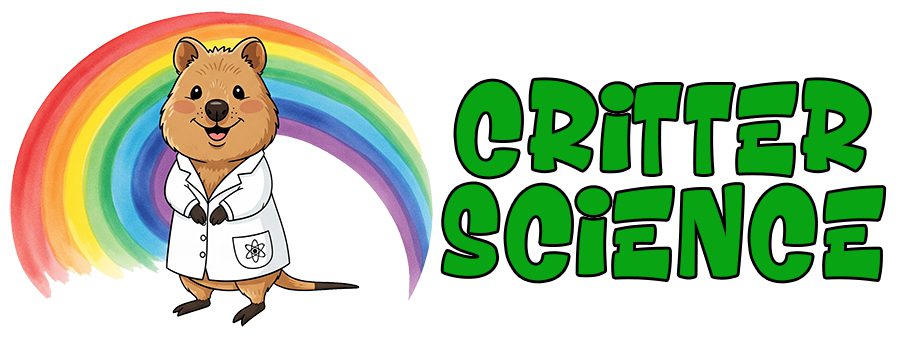- Zoology
- Daily Critter Facts
- For Teachers
- Study Guides
- Diseases & Parasites
- Contact


Chronic wasting disease (CWD), aka zombie deer disease, is a progressive and fatal disease which affects the spinal cord, brain, and several other tissues of free-range and farm raised elk, deer, and moose.
CWD pertains to a family of diseases called prion diseases, aka transmissible spongiform encephalopathies (TSEs). The other TSEs include scrapie in sheep and goats, bovine spongiform encephalopathy in cattle, Creutzfeldt-Jacob disease and other human prion diseases in people, including the variant Creutzfeldt-Jacob disease (the human form of “mad cow disease”) in humans. The infection is thought to be caused by a series of abnormal proteins called prions, which are believed to cause damage to other normal prion proteins which can be located in tissues throughout the body but most often in the spinal cord and brain, which leads to brain damage and the development of prion diseases.
Scientists believe CWD is spread between animals through contact with contaminated body fluids and/or tissue or indirectly through exposure to CWD in the environment, such as in food or drinking water. CWD affects numerous different species of hoofed animals (ungulates) like black-tailed deer; North American elk, aka wapiti; mule deer; red deer; white-tailed deer; reindeer; sika deer; and moose.
Just like other prion diseases, CWD can have an incubation period of over a year and visible neurological symtoms may develop slowly. Deer, reindeer, elk, sika, and moose with CWD may not display any symptoms of the disease for several years after they become infected. As CWD progresses, infected animals may have a variety of notable changes in behavior and appearance. These include:
- Drastic weight loss (wasting)
- Stumbling
- Lack of coordination
- Drooling
- Listlessness
- Excessive thirst or urination
- Drooping ears
- Lack of fear of people
It is often difficult to diagnose an animal with CWD based on these symptoms alone because many of CWD symptoms also occur with other diseases and malnutrition. Sadly, CWD has a 100% fatality rate.
CWD does not appear to normally infect cattle or other domesticated animals.
As of November 2011, there is no evidence that CWD is transmissible to humans. That being said, some animal studies have suggested that CWD may pose a risk to non-human primates, like monkeys, that come into contact with the brain or body fluids of animals infected with CWD.
